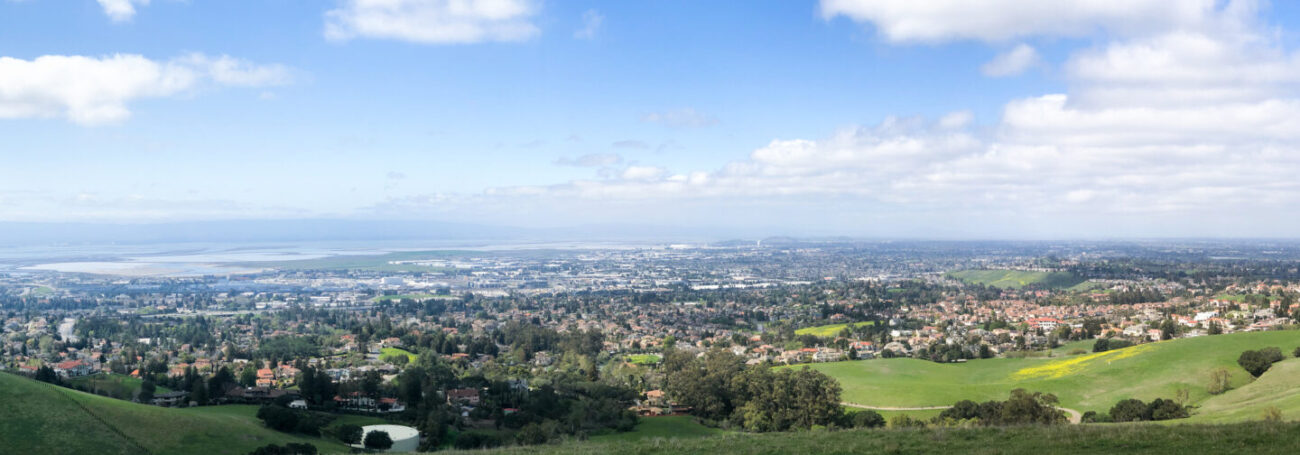
State & Tribal Landscape
What to Expect: State and Tribal Profiles
The NHVRC State Profiles include 2021 data from several sources. Evidence-based models provided service numbers and demographic information on participants served with MIECHV and non-MIECHV funding. Data on who could benefit from home visiting come from the American Community Survey. The profiles provide state-specific answers to the following questions:
How many children and families benefited from home visiting?
- Number of families served
- Number of children served
- Number of home visits completed
- Number of virtual home visits completed
- Number of local programs operating in the state
- Home visiting models operating in the state
What types of families benefited from home visiting?
- Caregiver ethnicity
- Caregiver race
- Caregiver educational attainment
- Child age
- Child health insurance status
- Primary language
Who could have benefited from home visiting?
- Number and age of children under 6 years not yet in kindergarten
- Number of families with pregnant women and children under 6 years not yet in kindergarten
- Percentage of families with children under 1 year
- Percentage of families with single mothers
- Percentage of families with caregivers with limited access to education
- Percentage of families with pregnant women and mothers under 21 years
- Percentage of families with low incomes (annual family incomes less than 100 percent of the federal poverty threshold)
Information was not available for several territories and individual tribal home visiting programs. Instead of individual tribal profiles, we include a profile presenting aggregate information about home visiting services provided by tribal-led organizations as shared by seven evidence-based models.